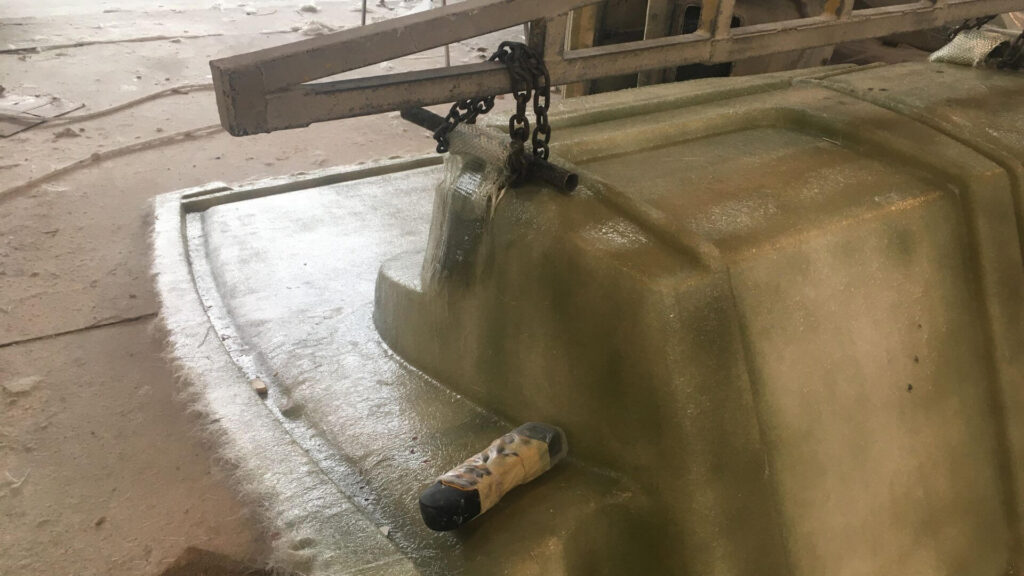Fiberglass is a versatile material used in a wide range of applications, from home insulation to boat construction and repair.
While it offers many benefits, including strength, durability, and insulation properties, fiberglass also poses serious health risks that are often overlooked.
In this article, we’ll explore the dangers of fiberglass exposure and what you need to know to stay safe, whether you’re working on a home renovation project or repairing your boat.
The Hazards of Fiberglass in Home Insulation

One of the most common places you’ll find fiberglass is in home insulation. It’s an effective and affordable way to keep your home comfortable year-round, but it can also be a hidden health hazard.
When fiberglass fibers become airborne, they can be inhaled or come into contact with your skin and eyes, leading to a range of health problems, including skin irritation, respiratory issues, and even cancer in severe cases.
To protect yourself from fiberglass insulation dangers, always wear protective gear when handling it, avoid disturbing it whenever possible, and have any damaged insulation promptly replaced by a professional.
==>> Also read: What happens if you eat fiberglass?
The Risks of Fiberglass in Boat Construction and Repair

Fiberglass is also widely used in the boating industry, thanks to its strength, durability, and resistance to water damage. However, working with fiberglass during boat construction or repairs can expose you to the same health risks as home insulation.
When sanding, cutting, or grinding fiberglass, tiny particles can become airborne and be inhaled or come into contact with your skin and eyes. This exposure can lead to skin irritation, eye damage, and respiratory problems. In some cases, long-term exposure has even been linked to more serious health issues like lung disease and cancer.
To minimize your risk when working with fiberglass on your boat, always:
- Work in a well-ventilated area
- Wear protective gear, including a dust mask, goggles, and gloves
- Use appropriate tools and techniques to minimize dust and debris
- Clean up thoroughly after working with fiberglass, disposing of any dust or debris properly
Safer Alternatives to Fiberglass
If you’re concerned about fibreglass’s health risks, alternative materials are available for home insulation and boat construction.
For example, cellulose or mineral wool insulation can provide similar benefits to fiberglass without the same level of health risks.
In boat construction, materials like Kevlar or carbon fiber can offer comparable strength and durability to fiberglass with fewer potential health hazards.
The Bottom Line
While fiberglass offers many benefits in both home insulation and boat construction, it’s important to be aware of the health risks associated with this material.
By taking proper precautions, using appropriate safety gear, and considering alternative materials when possible, you can protect yourself and your loved ones from the potentially harmful effects of fiberglass exposure.
Don’t let the hidden dangers of fiberglass compromise your health – stay informed and stay safe, whether you’re working on a home renovation or repairing your boat.

Founder of BoatGenesis, Warren has hands-on experience in fiberglass boat repairs, marine equipment testing, and powerboat building. Learn more about Warren.




